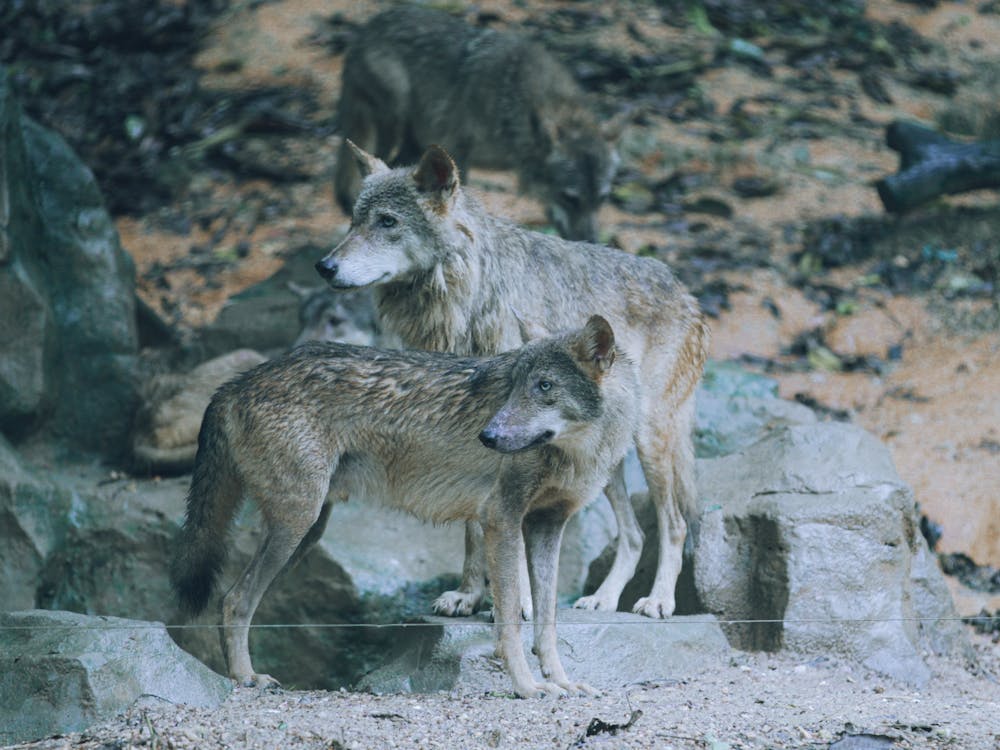The question of whether wolves and farmers can coexist has long been a subject of debate. Wolves, apex predators in many ecosystems, play a crucial role in maintaining biodiversity and regulating prey populations. However, as wolf populations grow or reclaim territories, conflicts with livestock farmers intensify. The challenge lies in balancing the ecological importance of wolves with the economic well-being of farmers who rely on livestock for their livelihoods. Coexistence is possible, but it requires strategic conservation efforts, innovative farming practices, and open communication between stakeholders.
The Ecological Role of Wolves
Wolves have been historically demonized for their predation on livestock, but they are essential for ecosystem health. As predators, they regulate the populations of herbivores like deer, elk, and moose, preventing overgrazing and supporting plant and animal diversity. When wolves were eradicated from areas, ecosystems suffered. For instance, in Yellowstone National Park, the removal of wolves in the early 20th century led to an overabundance of elk, which overgrazed on willow and aspen trees. When wolves were reintroduced in 1995, plant life rebounded, and a cascade of positive ecological effects followed, including healthier riverbanks and increased populations of other species like beavers and birds.
Despite their ecological benefits, wolves pose a direct threat to livestock. This creates a contentious relationship between conservationists advocating for wolf populations and farmers protecting their economic interests.
The Livestock Dilemma
For farmers, wolves present a real economic threat. Wolves are opportunistic hunters and, when given the chance, will attack cattle, sheep, and other domestic animals. The losses can be devastating for small- to medium-scale farmers, especially if attacks result in the death of several animals or stress the herd enough to affect reproduction and weight gain. Furthermore, these conflicts can fuel negative perceptions of wolves, leading to calls for culling or reducing protections on wolf populations.
In response to these challenges, many countries have implemented compensation programs to help farmers recover from wolf-related losses. While financial compensation is a short-term solution, it does not address the root of the conflict or prevent future attacks.
Strategies for Coexistence
Successful coexistence between wolves and farmers requires proactive, non-lethal measures. Several innovative strategies have been developed and proven effective in reducing wolf predation on livestock. Some of the most promising methods include:
- Guard Animals: Livestock guard dogs, donkeys, and even llamas have been employed to protect herds from wolves. These animals can act as deterrents, warning off wolves with their presence or physical defense. Breeds like the Great Pyrenees or Anatolian Shepherds are trained specifically to protect livestock, and they have shown success in reducing predation.
- Fencing and Fladry: Electrified fences and “fladry,” a method of stringing bright flags or ribbons along fences, have been used to create barriers between wolves and livestock. Wolves are naturally cautious animals, and visual or physical deterrents like fladry or electric fences can prevent them from approaching too closely.
- Herding Practices: Adjusting grazing patterns and employing full-time shepherds during key grazing seasons can help minimize wolf attacks. Rotational grazing, where animals are moved frequently from one pasture to another, disrupts the predictability of livestock location, making it harder for wolves to target herds.
- Wolf Deterrents: Acoustic and light-based deterrents can scare wolves away from farms. Sound devices that mimic other predators or human voices have been used to startle wolves, while motion-triggered lights can create an illusion of human presence.
- Coordinated Community Efforts: In areas with growing wolf populations, community-wide cooperation can be crucial. Farmers, conservationists, and local governments can work together to share information on wolf movements, coordinate protection efforts, and develop a cohesive strategy for reducing conflict.
Education and Policy Support
In addition to these physical and behavioral methods, public education and supportive policies are key to long-term coexistence. Farmers must be made aware of effective, humane methods for protecting their livestock, and governments need to back these efforts with subsidies, grants, or incentives for farmers who adopt non-lethal protection strategies. The creation of buffer zones, where livestock grazing is limited in areas of high wolf activity, could also help prevent conflict.
Conservation organizations and governmental agencies can play a role in facilitating dialogue and promoting programs that prioritize both wolf conservation and livestock protection. In many regions, pilot programs have shown that with the right measures in place, livestock losses to wolves can be drastically reduced, without resorting to culling or lethal control.
Challenges to Overcome
However, challenges remain. Farmers in some regions feel alienated by conservation policies, viewing wolves as government-imposed burdens on their livelihoods. In areas where wolf populations have been expanding, such as the United States and Europe, there are calls to delist wolves from protected species lists, which would allow more aggressive control measures. Balancing these views with the need for wolf protection requires sensitive policy-making that addresses both ecological and economic needs.
There is also the financial cost associated with non-lethal methods. Guard animals, fencing, and other protective measures require investment that not all farmers can afford. Governments and conservation groups may need to offer more financial support to make these methods accessible and sustainable in the long term.
A Path to Coexistence
Coexistence between wolves and farmers is not only possible but increasingly necessary as wolf populations recover in many regions. By combining traditional livestock protection practices with modern innovations, fostering community-based collaboration, and ensuring that farmers receive adequate financial and policy support, a balanced approach can be achieved.
The key is recognizing that wolves and livestock do not need to be mutually exclusive. The ecosystems where wolves thrive are healthier and more diverse, which in the long run benefits both agriculture and biodiversity. By developing humane, effective methods for managing the wolf-livestock relationship, we can ensure that both wolves and farmers have a place in the landscape of the future.

